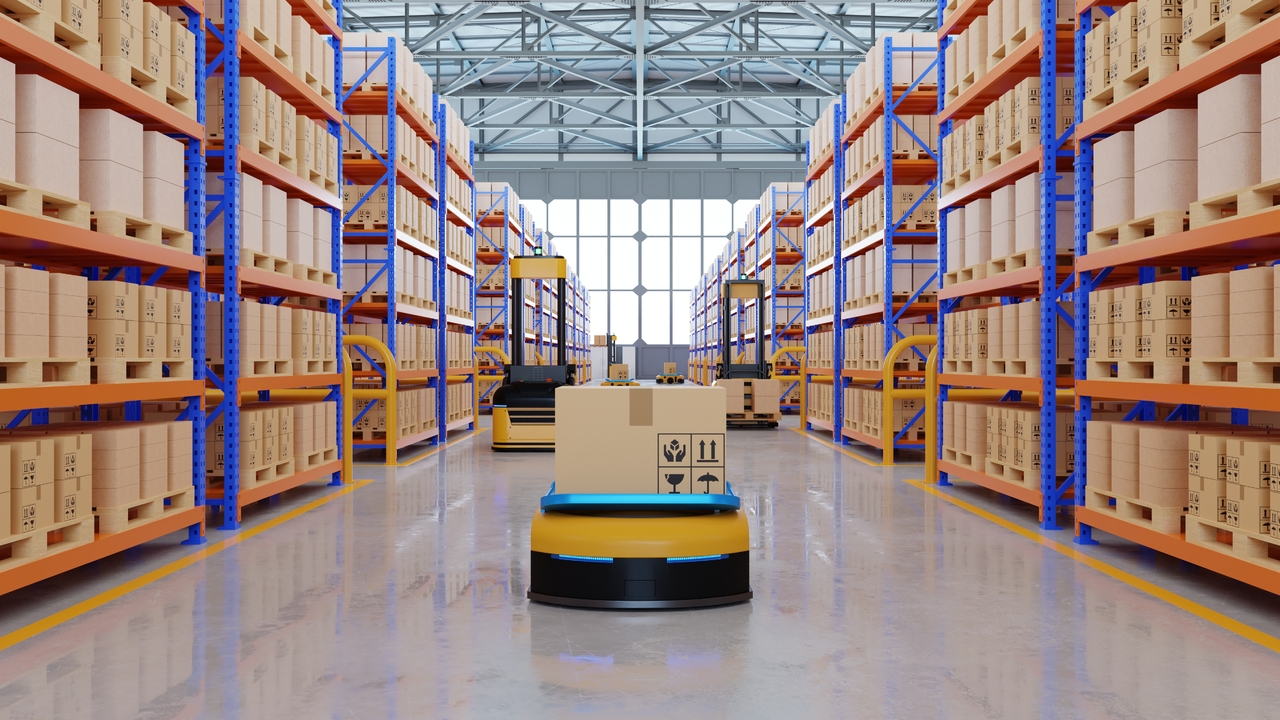In the intricate landscape of business-to-business (B2B) supply chains, the efficient management of various components plays a pivotal role in ensuring seamless operations. Among these, the proper consideration of industrial shelving solutions emerges as a crucial aspect. In this guide, we will explore the challenges that B2B supply chains often encounter when it comes to shelving, along with strategies to overcome them.
Introduction to B2B Supply Chain Challenges
B2B supply chains are intricate networks that involve the movement of goods from suppliers to manufacturers and eventually to the end consumers. Within this complex framework, the role of shelving is often overlooked but remains vital for streamlining operations. The challenges faced in this domain can significantly impact the overall efficiency of the supply chain.
The Significance of Proper Shelving
Efficient shelving is the backbone of a well-organised warehouse. It not only optimises storage space but also enhances accessibility and reduces the risk of damage to goods. In B2B supply chains, where large quantities of products need to be stored and retrieved regularly, investing in the right shelving solutions is paramount.
Challenge 1: Space Utilisation and Scalability
One of the key hurdles in managing storage within B2B supply chains is the optimal utilisation of available space. Warehouses often deal with limited square footage, necessitating smart shelving choices. Moreover, the ability to scale up or down based on demand fluctuations poses an additional challenge.
Solution:
Implementing adjustable industrial shelving units can provide a flexible solution. These units can be easily adapted to accommodate varying product sises and quantities. Mobile shelving systems, which maximise space by eliminating wasted aisles, also offer an effective solution.
Challenge 2: Inventory Visibility and Accessibility
Maintaining real-time visibility of inventory and ensuring easy accessibility are common pain points. Inefficient shelving arrangements can lead to misplaced products, delayed order fulfilment, and increased labour costs.
Solution:
Employ shelving solutions that allow for clear product labelling and categorisation. Open shelving designs coupled with proper signage enable faster product identification. Incorporating technology such as barcode scanning can further enhance inventory accuracy.
Challenge 3: Heavy-Duty Storage Requirements
B2B supply chains often deal with heavy and bulky items that require robust storage solutions. Standard shelving may not suffice, leading to concerns about load-bearing capacities and shelf durability.
Solution:
Industrial shelving designed explicitly for heavy-duty applications is the answer. These shelving units are engineered to handle substantial weight loads while maintaining structural integrity. Reinforced materials and sturdy construction ensure longevity and safety.
Challenge 4: Seasonal Demand Fluctuations
Many industries experience seasonal fluctuations in demand, leading to varying storage requirements. Adapting shelving systems to accommodate these changes can be a complex task.
Solution:
Consider utilising modular shelving designs that can be easily reconfigured. By adjusting shelf heights or reorganising layouts, you can optimise space for peak and off-peak periods. This flexibility reduces the need for extensive shelving overhauls.
Challenge 5: Integration with Automation
The rise of automation in warehouses presents the challenge of integrating shelving solutions with automated systems. Ensuring seamless compatibility between shelving and robotics is vital for efficient operations.
Solution:
Collaborate closely with suppliers who specialise in both industrial shelving and automation. Customised shelving designs can be tailored to accommodate robotic movement and picking mechanisms. This integration streamlines processes and minimises downtime.
Conclusion
In conclusion, as businesses continue to evolve, the effective management of B2B supply chain challenges remains a constant priority. By recognising the pivotal role of shelving and proactively addressing the associated hurdles, companies can elevate their logistical efficiency and maintain a competitive edge in today’s dynamic marketplace.

